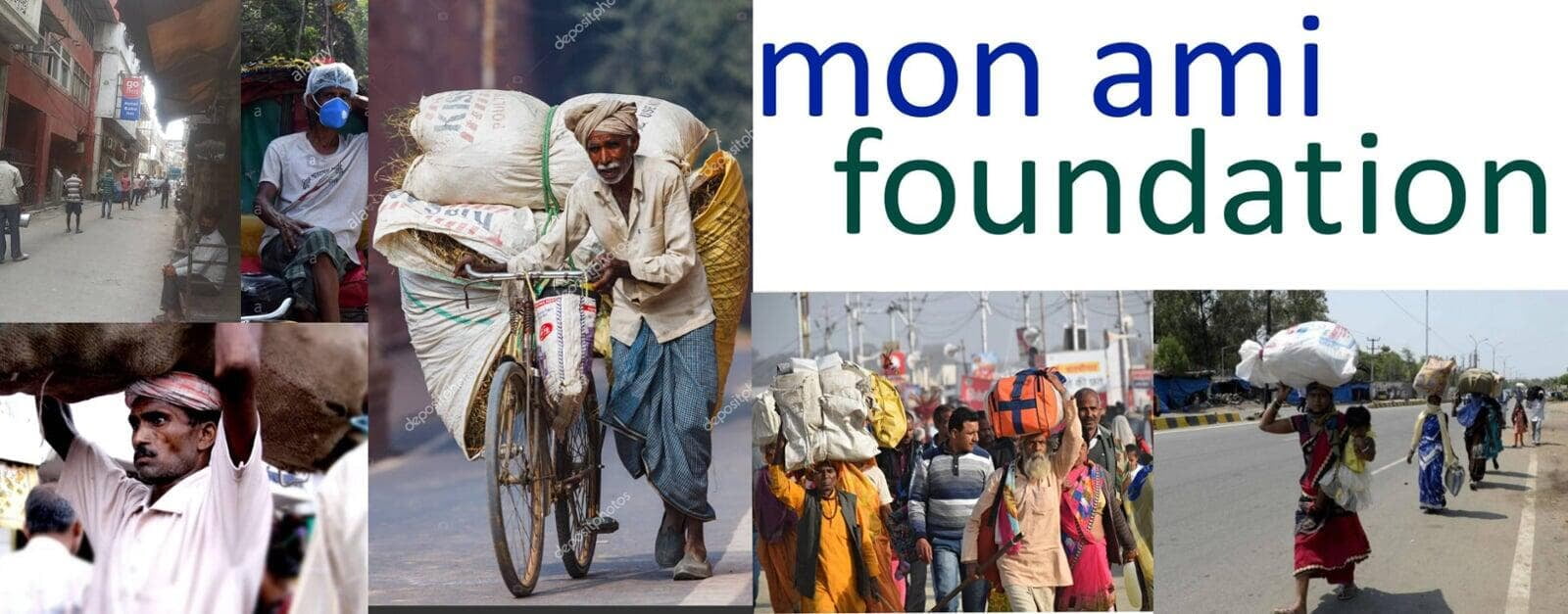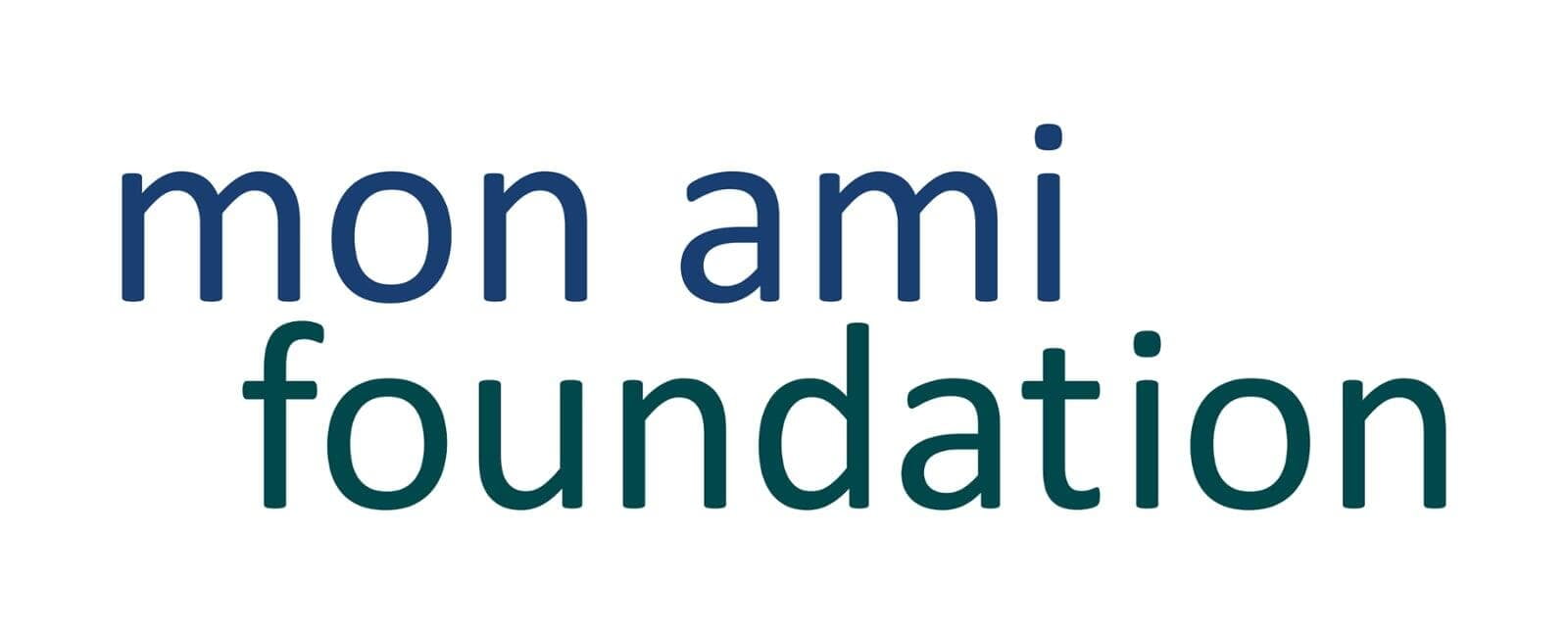
Part II: The Looming Debt Trap
Lockdown realities – Migrants perspective
Will the future be any different?
Summary In this second part, we looked at the basic question on how migrant families are surviving the lockdown. Especially when 84% of the respondents to the survey did not get paid by their employers or lost their jobs completely
The research finds that most of the migrant families managed to only reduce their expenditure by 10%-15% during the lockdown as there was hardly any room to reduce.
We found that 70% of the current income gap, has been bridged by borrowing money, for a short duration, from neighbourhood lenders at a steep interest rate. While this might help the migrants survive the immediate lockdown period, they will all carry a substantial debt as the lockdown eases.
This borrowing has happened in the last 50 days and before the new schemes by the government kick in.
It is estimated that even if the individual gets back to Pre COVID 19 income level, post the lockdown, they will need at least 2-3 years to repay the loans. Unfortunately, this will mean that they would be completely hand to mouth for the foreseeable future. With no additional savings or investment in healthcare, they will continue to be as vulnerable as in the past
The plight of the migrant families is now upfront and central in terms of awareness and policy planning. The learnings from the current crisis need to put in motion a substantive and sustainable program to increase the income of this most vulnerable group to ensure that the increased income is used for savings and healthcare needs of the future.
- Detailed Findings:
Negligible savings Pre-Covid: Before the lock down, the average income of the respondents was Rs.10,528/- and it was evenly distributed in term of the expenditure with rent being the highest expense item. There was hardly any scope for savings or investment into healthcare
*Remittance is the money sent to the villages for the family members supported there
- Deferred Rent is one of the biggest areas of worry for the migrants. While they have not paid the rent for April 20, most of them have no money to pay for May 20. The landlords are already pushing the tenants to either pay or vacate. Most of the borrowing is to cover the rents for May and June
- Borrowing for Food: 39% of the respondents claimed that they have received adequate rations/cooked food from either the government or any of the NGOs, However 61% respondents claimed that the supply was inadequate and they had to buy additional rations on their own. Over 50% of those, who bought rations have borrowed money for the same
- Reverse Remittance has also been seen in a few cases, where the families from the villages have arranged for money. This is largely the informal borrowing from within the family and usually there in no interest attached to it.
- So how big is the borrowing Most of the borrowing in the cities has been from within the neighborhood and from known and habitual lenders. These are unsecured loans and with no paperwork. During this lockdown period, the average loans are presumed to be around Rs. 8000/– Rs.10,000/- each. Usually the loans have been availed in 2-3 installments. It is to be noted that the information around the actual loans are sketchy and the deductions around the loan amount are based on pre and during Covid expenditure details.
- How will the loans be repaid? This is the area of the biggest concern. The pre covid savings was Rs 500/- per month. So even if they go back to their original earnings, it will take them 2-3 years to repay (principle + interest). So then for the next 3 years there would be no savings for the family and hence no protection for any future challenges
- Recently the government has announced a series of options for loans thru banking institutions. Hopefully, some of the migrants will avail them and retire the expensive loans taken during the lockdown. They will still need to be repaid albeit at better terms and less stress.
Impact on Economy
- Relationship between savings and economic growth is a well-established economic theory. If the migrant families fall into the debt trap and take years to repay the loans, the impact will be felt both in savings and consumption rates. This will put greater pressure on the government.
Recommendations
- As the lockdown eases over the next few weeks, a couple of things are clear. First, financial inclusion of the large migrant population is imperative. This must be beyond the Jan Dhan accounts for them to avail the benefits of modern banking system. Second, even if we assume that things will go back to where they were and migrant incomes are at pre COVID 19 level, they will find it extremely difficult to repay the loans.
- For the future to be different, the average income for the migrants must go up. Efforts have to be made to improve their financial literacy for them to use the additional money in their pockets to save for the future!
• •Also read Part I: Why are the migrants in NCR wanting to go home? Lockdown realities – Migrants’ perspective
